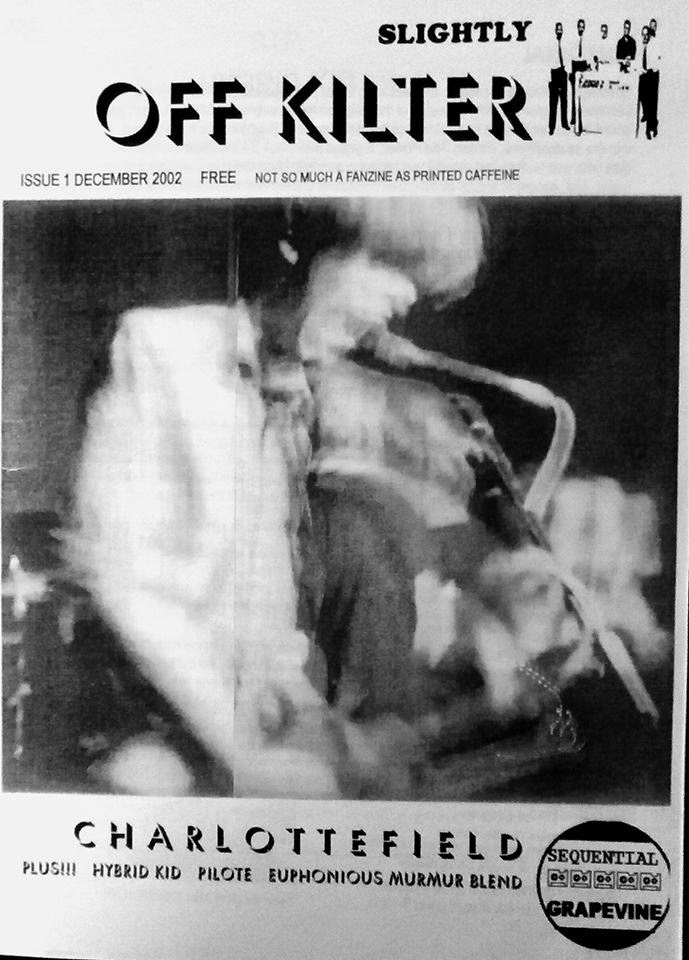Meridian
Tuyeres
CANADA Caduc CA09
CD (2015)
Meridian are Tim Feeney, Sarah Hennies and Greg Stuart. A tuyere is a tube or pipe which enables air
to be blown into a furnace or hearth, sometimes under pressure. Indeed, it seems plausible that some of these
sort of devices were obtained by Feeney, Hennies and Stuart and used as the
source of the noises contained within this imposing disc. Or are they slyly using the term to refer to
themselves as devices to get the fires of this music burning?
Tuyeres contains three beautifully crisp recordings, let's assume documenting a series of actions against and within these
curious objects and other things. Possibly
involving water, sand, leaves, or possibly not, because I’m guessing – there’s
no information regarding the means of production on the sleeve. Feedback is generated somehow, and in different
ways, doors bang shut, matter grinds itself into other, different, kinds of matter. I think I can hear stuff activating the head
of a drum, and bowed metal. All the
while, deliberate activities are mixed with accidental soundings and even people
just dropping stuff occasionally. Of
course, this is not sheer carelessness, it is the product of a very highly
developed strategy. Activities start and
stop, seemingly at random. These brief passages
of silence are, indeed, just as important as the sound. They bring the sounds more into focus, as if
you were looking through a magnifying glass at an insect colony, or through a
telescope at morning clouds on the horizon.
The three tracks don’t appear to be named, unless we are
to assume they are named after the protagonists. They diminish in duration thus; the first piece
is 20 minutes long, the second 15 minutes and the third just seven. It seems to me as if this is one performance
divided into three parts - the ID points for the beginning of each track may
have been selected arbitrarily: track three starts halfway through a burst of
feedback at the end of track two. Which
is unconventional, for sure, but also a quite charming.
As with all Caduc releases, the packaging is as
beautiful, and inscrutable, as the sounds contained within. The beautiful drawing by Mathieu Ruhlmann on
the front of the full colour sleeve depicts what looks to me like a pair of
cocoons of some description; exotic or domestic I’m not sure. No matter - this disc comes highly
recommended from me.














